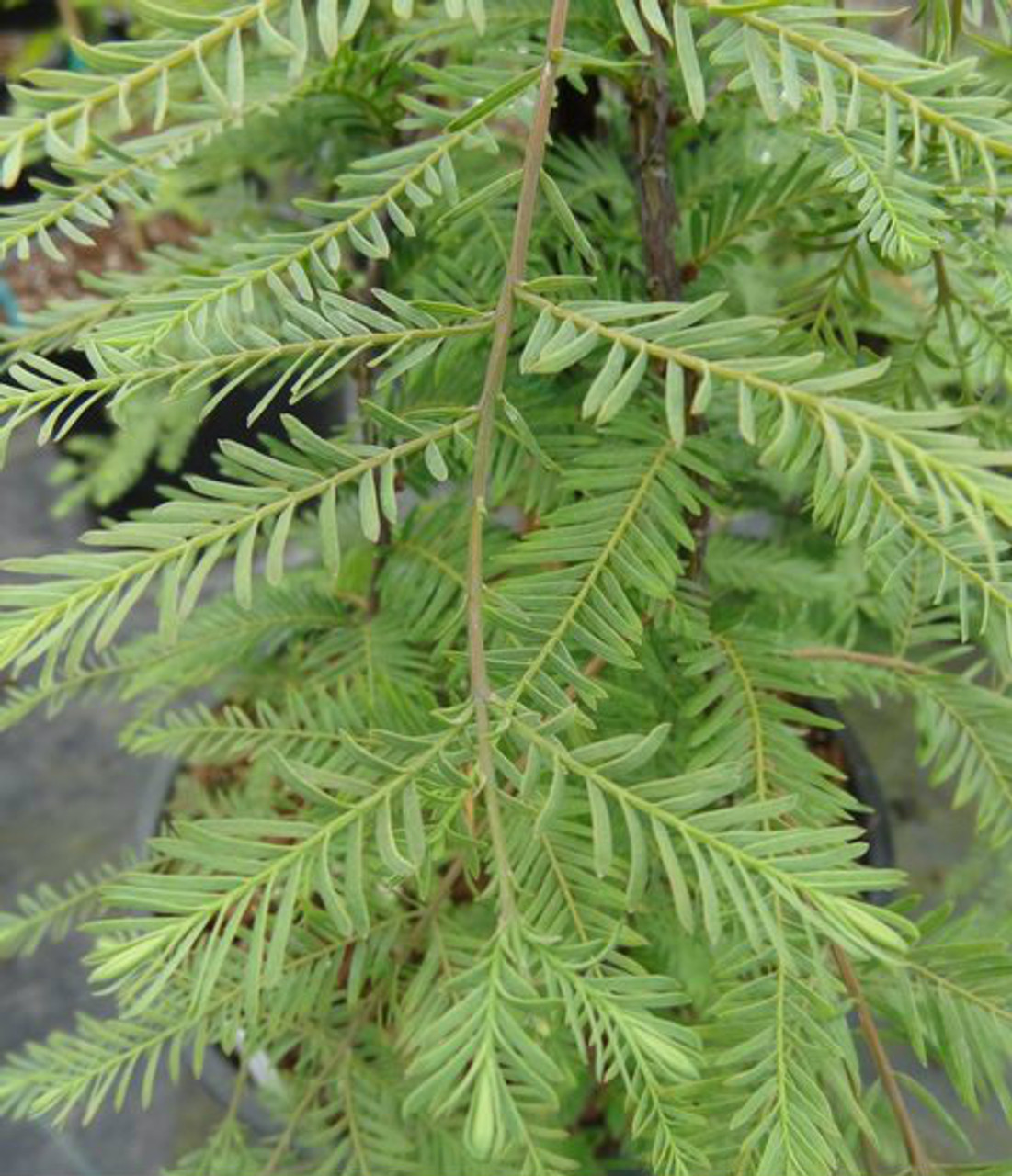

Consider applying a thick mulch around the root zone in winter to protect it in exposed locations or colder microclimates. It is somewhat tolerant of urban pollution. It is not particular as to soil type or pH. It is quite adaptable, prefering to grow in average to wet conditions, and will even tolerate some standing water.
DAWN REDWOOD TREE METASEQUOIA GLYPTOSTROBOIDES FULL
This tree should only be grown in full sunlight. It grows at a fast rate, and under ideal conditions can be expected to live to a ripe old age of 100 years or more think of this as a heritage tree for future generations!

It has a low canopy with a typical clearance of 4 feet from the ground, and should not be planted underneath power lines. It has no significant negative characteristics.ĭawn Redwood is recommended for the following landscape applications ĭawn Redwood will grow to be about 50 feet tall at maturity, with a spread of 25 feet.

Deer don't particularly care for this plant and will usually leave it alone in favor of tastier treats. The dawn redwood is a popular ornamental, especially distinctive in the fall when the deciduous needles turn. This is a relatively low maintenance tree, and is best pruned in late winter once the threat of extreme cold has passed. Dawn Redwood Metasequoia glyptostroboides. It lends an extremely fine and delicate texture to the landscape composition which can make it a great accent feature on this basis alone. The peeling antique red bark adds an interesting dimension to the landscape.ĭawn Redwood is an open deciduous tree with a strong central leader and a distinctive and refined pyramidal form. The ferny bipinnately compound leaves turn an outstanding coppery-bronze in the fall. IUCN red list at Kelly, J., (1995) Hillier’s Gardeners Guide to trees and shrubs, David and Charlesīean, W.J.An ancient and interesting deciduous conifer with a very delicate, ferny appearance, and a very tall, pyramidal habit of growth shaggy, reddish bark is rather appealing, beautiful apricot brown fall color the hardiest of the redwood/sequoia familyĭawn Redwood is primarily valued in the landscape for its distinctively pyramidal habit of growth. A number of trees of Metasequoia can also be seen to the west of Kelvingrove Art Gallery and Museum near Kelvingrove Park. Branches grow in a regular pattern on the. Other specimens can be viewed at the Kirklee entrance to the Gardens and in the arboretum. A robustly growing deciduous conifer with a narrow pyramidal crown at first that becomes broad pyramidal later.

Native Range: Along ravines and stream banks in Chongquing (E.Sichuan), Hunnan and Hubei provinces in China


 0 kommentar(er)
0 kommentar(er)
